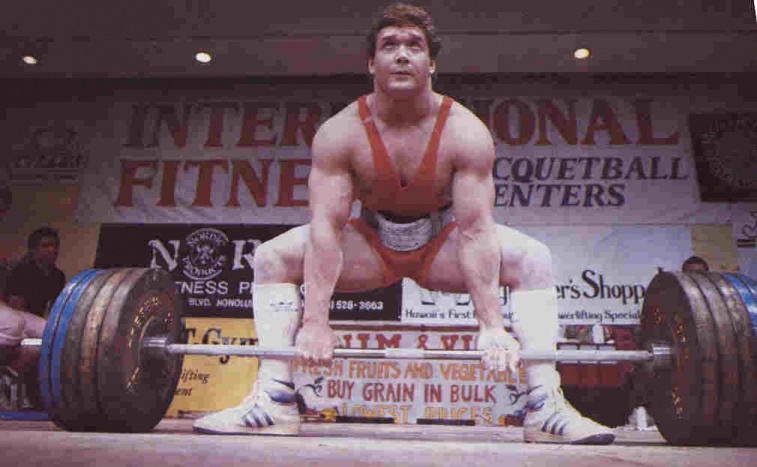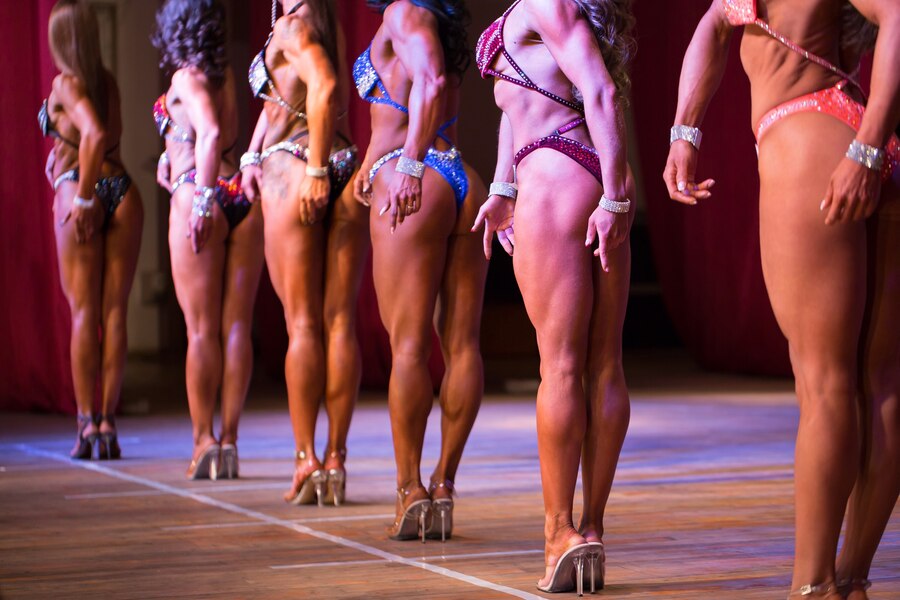Powerlifters benefit from core exercises as they help stabilize the spine, improve posture, and enhance performance in key lifts such as the low bar squat, deadlift, and bench press. Below is a list of our favorite core exercises tailored for powerlifters, along with detailed instructions on how to perform each one:
1. Planks (Front and Side)
- Muscles Worked: Rectus abdominis, transverse abdominis, obliques, lower back.
- How to Perform:
- For the front plank, get into a push-up position but rest on your forearms and toes instead of your hands. Keep your body in a straight line from head to heels.
- Engage your core and glutes to prevent your hips from sagging.
- Hold this position for 30-60 seconds or longer, maintaining a neutral spine.
- For the side plank, lie on your side with your elbow directly beneath your shoulder, legs stacked. Lift your hips off the ground, creating a straight line from your head to feet. Hold for time.
- Why It’s Effective: Planks enhance overall core stability, which is crucial for maintaining proper form during lifts like squats and deadlifts.
2. Ab Wheel Rollouts
- Muscles Worked: Rectus abdominis, hip flexors, shoulders, lower back.
- How to Perform:
- Start on your knees (Important! Start on your knees!) with an ab wheel in your hands, positioned directly under your shoulders.
- Slowly roll the wheel forward while keeping your core engaged and avoiding excessive arching of your lower back.
- Roll out as far as you can while maintaining control, then pull yourself back to the starting position.
- Perform 8-12 repetitions.
- Why It’s Effective: Rollouts simulate the bracing needed during heavy lifting and strengthen the core through an extended range of motion, directly improving core stability in compound lifts.
3. Hanging Leg Raises
- Muscles Worked: Rectus abdominis, hip flexors, obliques.
- How to Perform:
- Hang from a pull-up bar with your arms extended and your legs together.
- Engage your core and slowly raise your legs, keeping them straight, until they are parallel to the ground or higher.
- Lower your legs under control back to the starting position.
- For a more advanced variation, try to raise your legs up to the bar.
- Perform 8-15 reps.
- Why It’s Effective: This exercise strengthens the lower abdominals and hip flexors, which help maintain control during squats and deadlifts.
4. Dead Bugs
- Muscles Worked: Rectus abdominis, transverse abdominis, obliques, lower back.
- How to Perform:
- Lie on your back with your arms extended toward the ceiling and your legs bent at a 90-degree angle.
- Slowly lower your right arm and left leg toward the floor while keeping your lower back pressed into the ground.
- Return to the starting position and repeat with the opposite arm and leg.
- Perform 10-12 reps on each side.
- Why It’s Effective: Dead bugs promote anti-extension and anti-rotation strength, which is critical for bracing during heavy compound lifts like squats and deadlifts.
5. Pallof Press
- Muscles Worked: Obliques, transverse abdominis, shoulders.
- How to Perform:
- Attach a resistance band or cable at chest height.
- Stand sideways to the anchor point with feet shoulder-width apart, holding the band/cable handle with both hands at your chest.
- Press the handle straight out from your chest while resisting rotation of your torso.
- Slowly return to the starting position and repeat for 10-12 reps per side.
- Why It’s Effective: The Pallof press challenges your core to resist rotation, which is important for maintaining stability and control in lifts like deadlifts and squats.
6. Farmer’s Carry
- Muscles Worked: Entire core, obliques, traps, grip strength, legs.
- How to Perform:
- Pick up a pair of heavy dumbbells or kettlebells and stand tall with your shoulders back and core braced.
- Walk forward in a straight line for a set distance (e.g., 30-50 feet), focusing on maintaining a strong posture and keeping your torso stable.
- Turn around and walk back to the starting point.
- Repeat for 3-5 sets.
- Why It’s Effective: Farmer’s carries work the entire core while under load, simulating the bracing required for heavy lifts. They also improve grip strength, which is essential for deadlifts.
7. Weighted Decline Sit-Ups
- Muscles Worked: Rectus abdominis, hip flexors.
- How to Perform:
- Secure your feet under the pads of a decline bench and hold a weight (dumbbell or plate) against your chest.
- Slowly lower your upper body down to the bench while maintaining control.
- Engage your core and lift your torso back up to the starting position.
- Perform 8-12 repetitions.
- Why It’s Effective: Weighted sit-ups increase the strength of the rectus abdominis and hip flexors, which help with core strength during heavy compound movements.
8. Suitcase Deadlifts
- Muscles Worked: Obliques, quadratus lumborum, lower back, traps.
- How to Perform:
- Stand with a dumbbell or kettlebell placed next to one foot.
- Hinge at your hips and lower down to pick up the weight with one hand (basically like a one-handed deadlift).
- Stand up tall while keeping your torso straight and resisting any lateral flexion (leaning to the side).
- Lower the weight back down and repeat for 6-8 reps on each side.
- Why It’s Effective: This exercise mimics the demands of core stability during uneven loading, which can help improve strength during squats and deadlifts.
9. Russian Twists
- Muscles Worked: Obliques, transverse abdominis, hip flexors.
- How to Perform:
- Sit on the floor with your knees bent and feet slightly off the ground. Lean back slightly while holding a weight or medicine ball.
- Twist your torso to the right, bringing the weight beside your hip, then twist to the left.
- Perform 10-20 repetitions on each side.
- Why It’s Effective: Russian twists target the obliques, which help with rotational strength and stability during lifts that require core control.
10. Cable Woodchoppers
- Muscles Worked: Obliques, transverse abdominis, shoulders.
- How to Perform:
- Attach a cable or resistance band at a high anchor point.
- Stand sideways to the cable with feet shoulder-width apart.
- Grab the handle with both hands and pull it diagonally across your body from the high anchor point to the opposite hip, rotating your torso as you do.
- Return to the starting position and repeat for 8-12 reps on each side.
- Why It’s Effective: Woodchoppers improve rotational strength and core control, which can be beneficial for overall torso stability during compound lifts.
11. Stir the Pot
- Muscles Worked: Rectus abdominis, obliques, lower back, shoulders.
- How to Perform:
- Start in a plank position with your forearms on a stability ball.
- Make small circles with your forearms, moving the ball in a controlled manner.
- Circle in one direction for 30 seconds, then switch directions.
- Perform 2-3 sets.
- Why It’s Effective: This exercise engages the entire core, particularly the transverse abdominis, while challenging stability.
Incorporating these exercises into a powerlifting routine will help improve core strength, stability, and overall lifting performance. They sure have helped us, and with 11 to choose from, things should stay exciting for a while.


